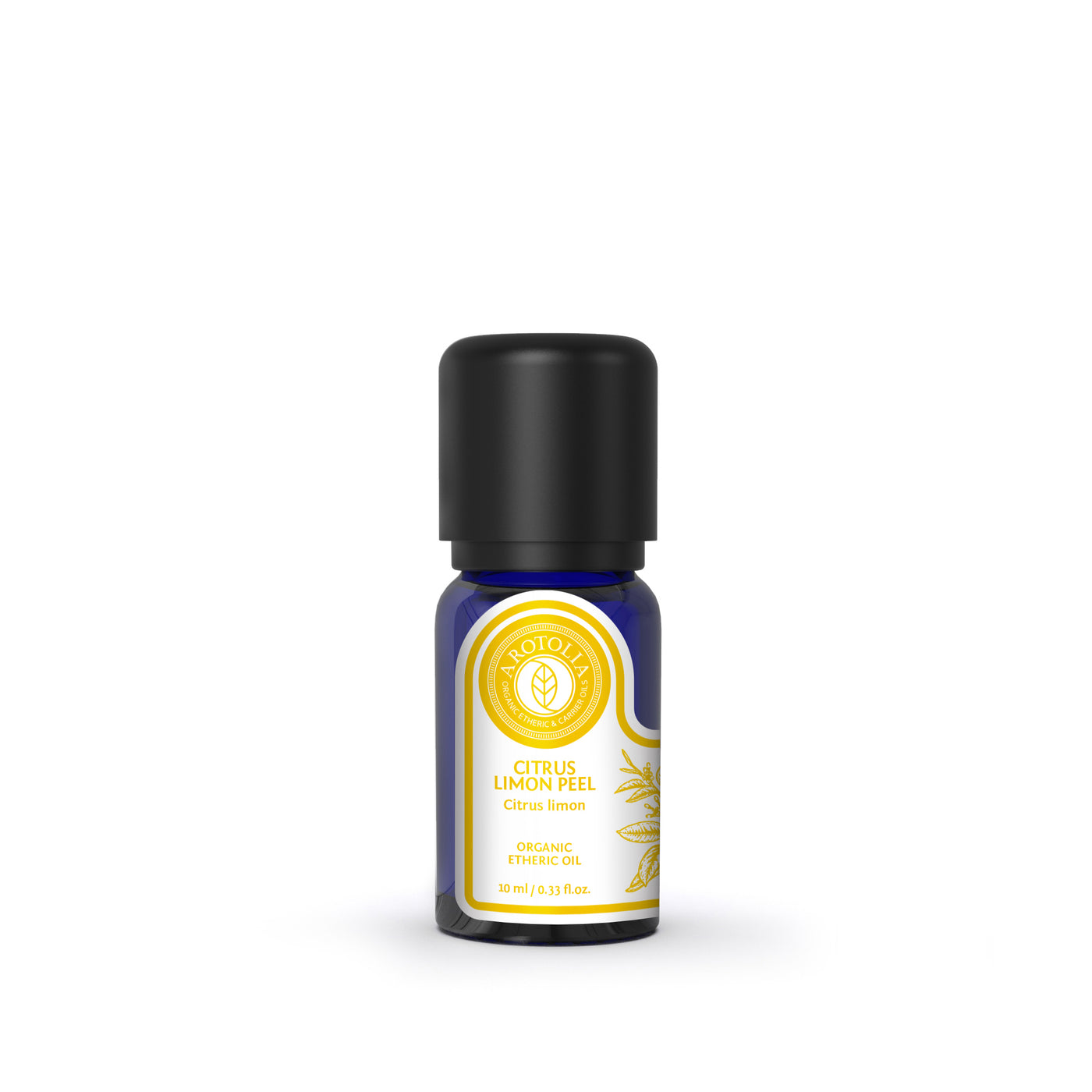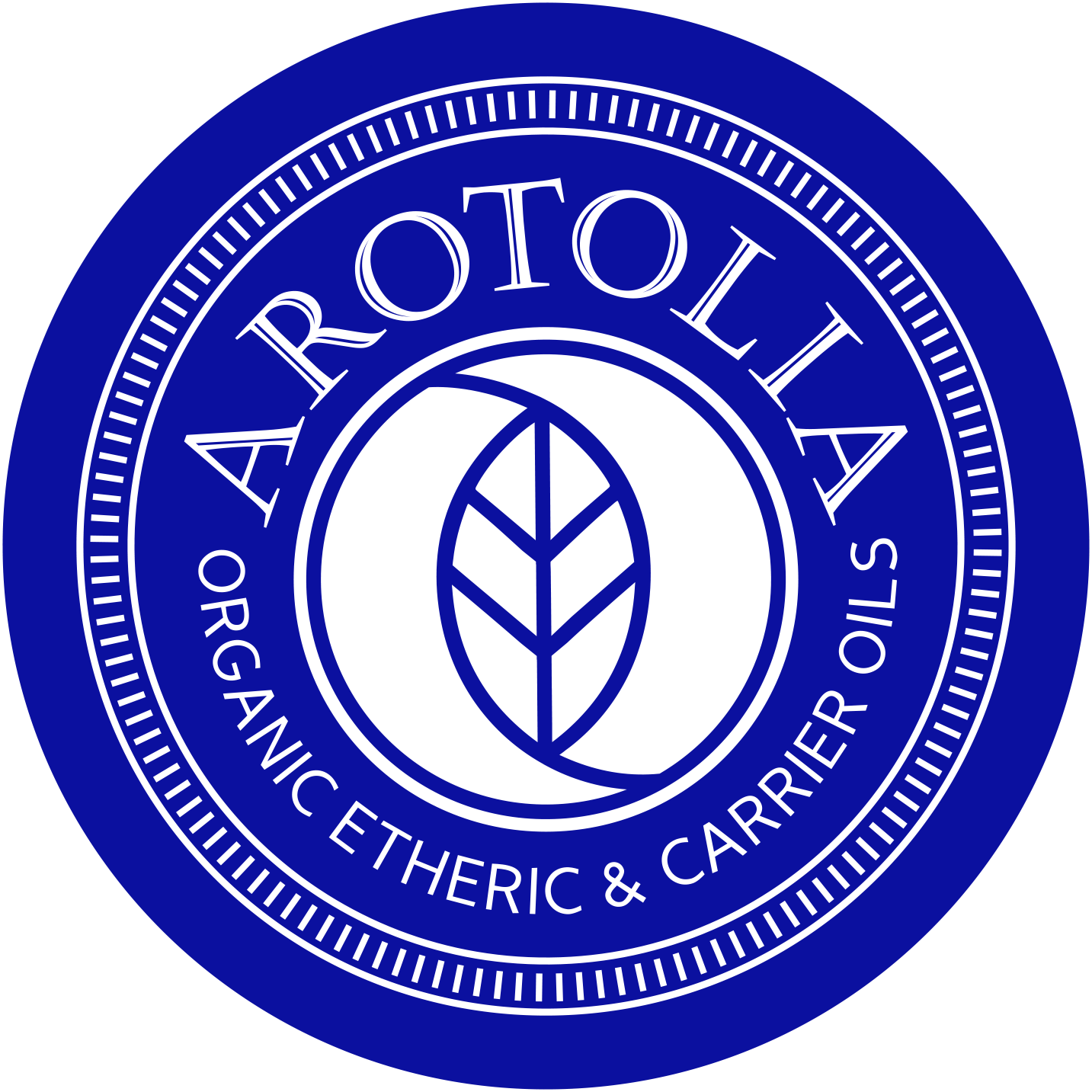
Shelf Life of Essential Oils
Shelf life is the period of time during which essential oils retain their aromatic and therapeutic properties while they are stored. Essential oils have varying shelf lives depending on their identity.
Essential oils can be a natural solution for health and wellness. Discover the most effective essential oils and their benefits with Arotolia. Check out our various essential oils categories.
The feature that gives essential oils their name, volatility, is due to their oxidation potential. Volatile substances can evaporate, otherwise we would not be able to smell them. How volatile an oil is depends on its components. Those with lighter components are the most volatile and evaporate more quickly. Those with heavier components are less volatile and evaporate more slowly. Due to these features, factors such as heat, light, and oxygen can cause essential oils to lose their freshness or deteriorate over time. The volatile components of oils exposed to heat evaporate more quickly. In chemical terms, an increase in temperature increases the kinetic energy of the molecules of the substances. In other words, when essential oils are exposed to an increase in temperature, they mix more freely with each other due to the increase in their molecular motion. This can lead to some chemical changes. It is most recommended to store essential oils in the refrigerator so that their components are not affected by heat. However, oils with frequently changing temperatures can collect moisture. For this reason, the location of the oil should not be changed frequently.
Essential oils exposed to direct sunlight can be damaged by exposure to ultraviolet (UV) rays. Although amber bottles are quite effective at filtering UV rays, it is always a better choice to store essential oils in a dark environment. When you open the cap of an essential oil bottle, it comes into contact with oxygen. Oxygen and essential oil that are in contact with each other for a long time react, this is called oxidation. Oxidation is the most common and rapid form of deterioration of essential oils. Oils that undergo oxidation can lose their therapeutic properties, change their chemical properties and cause increased sensitivity in the user. For this reason, you should always make sure that the bottle containing the essential oils is tightly closed. In addition, an increase in temperature is one of the factors that accelerate oxidation.
The average shelf life of popular essential oils is as follows:
1 Year: Grapefruit, Lemon, Orange
2 Years: Frankincense, Tea Tree
3 Years: Thyme, Rosemary
4 Years: Cinnamon Bark, Chamomile, Lavender, Peppermint, Rose, Spearmint
6 (or more) Years: Cedarwood, Ginger, Patchouli, Sandalwood
The reason why citrus oils such as grapefruit, lemon and orange have the shortest shelf life is that they are obtained by cold pressing. In other words, they are pressed directly from the fruit without any heat treatment. For this reason, although they are among the most natural essential oils, they are also among the oils with the shortest shelf life due to their maximum sensitivity to light. However, some oils become more valuable as time goes by.
For example, it is said that cedarwood oil does not have a definite shelf life and its healing properties increase over time. No matter what oil you use, keeping it in a cool, dark place with an airtight lid will allow you to make the most of its shelf life. If you use the oils you buy regularly, you don't need to worry about this. However, it is useful to be careful about oils that you will store for a long time.
 Click to review our orange peel oil product.
Click to review our orange peel oil product.
Click to review our lemon peel oil product. 
 Click to review our grapefruit peel oil product.
Click to review our grapefruit peel oil product.
SOURCE
organicaromas.com
aromaticsessence.com



